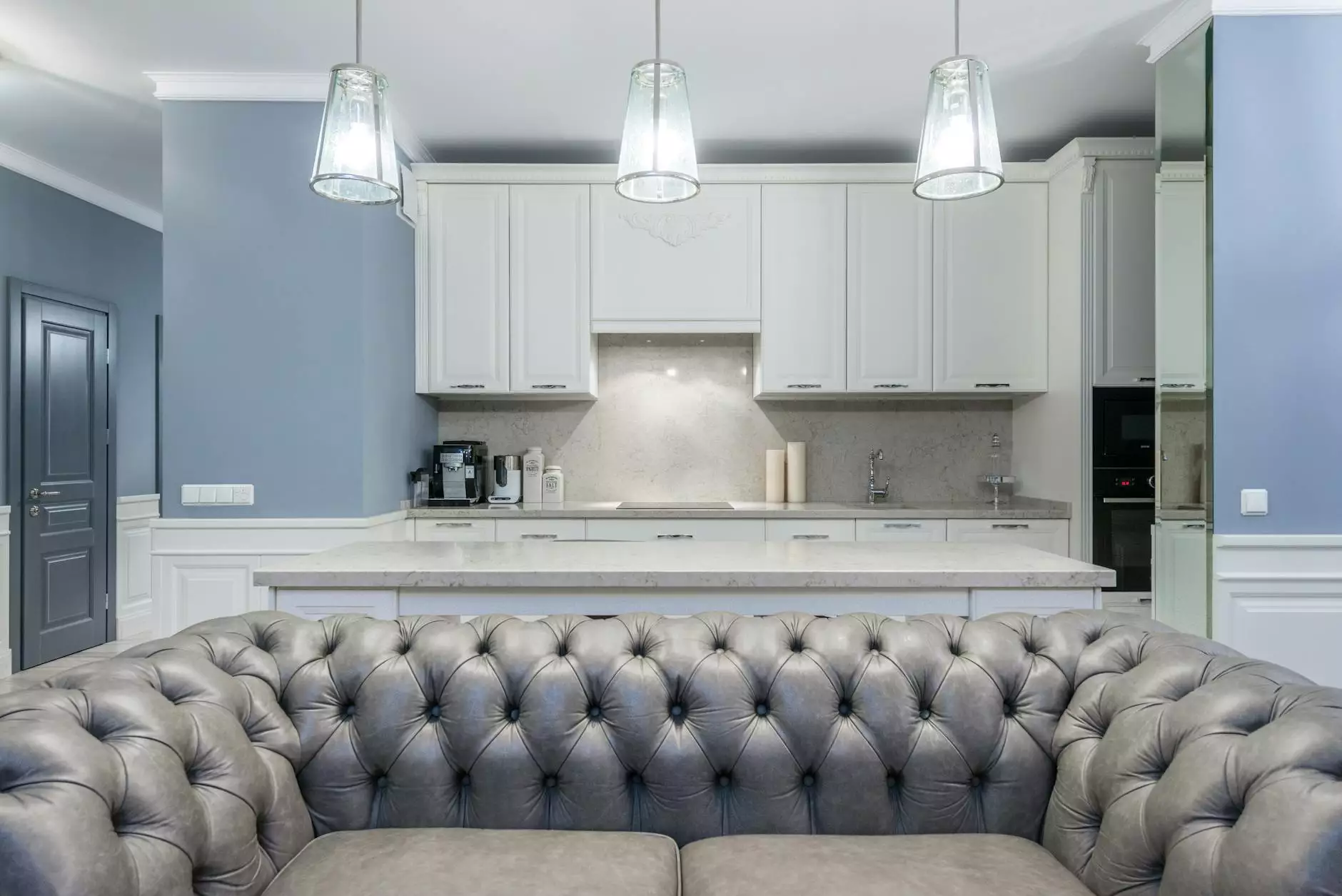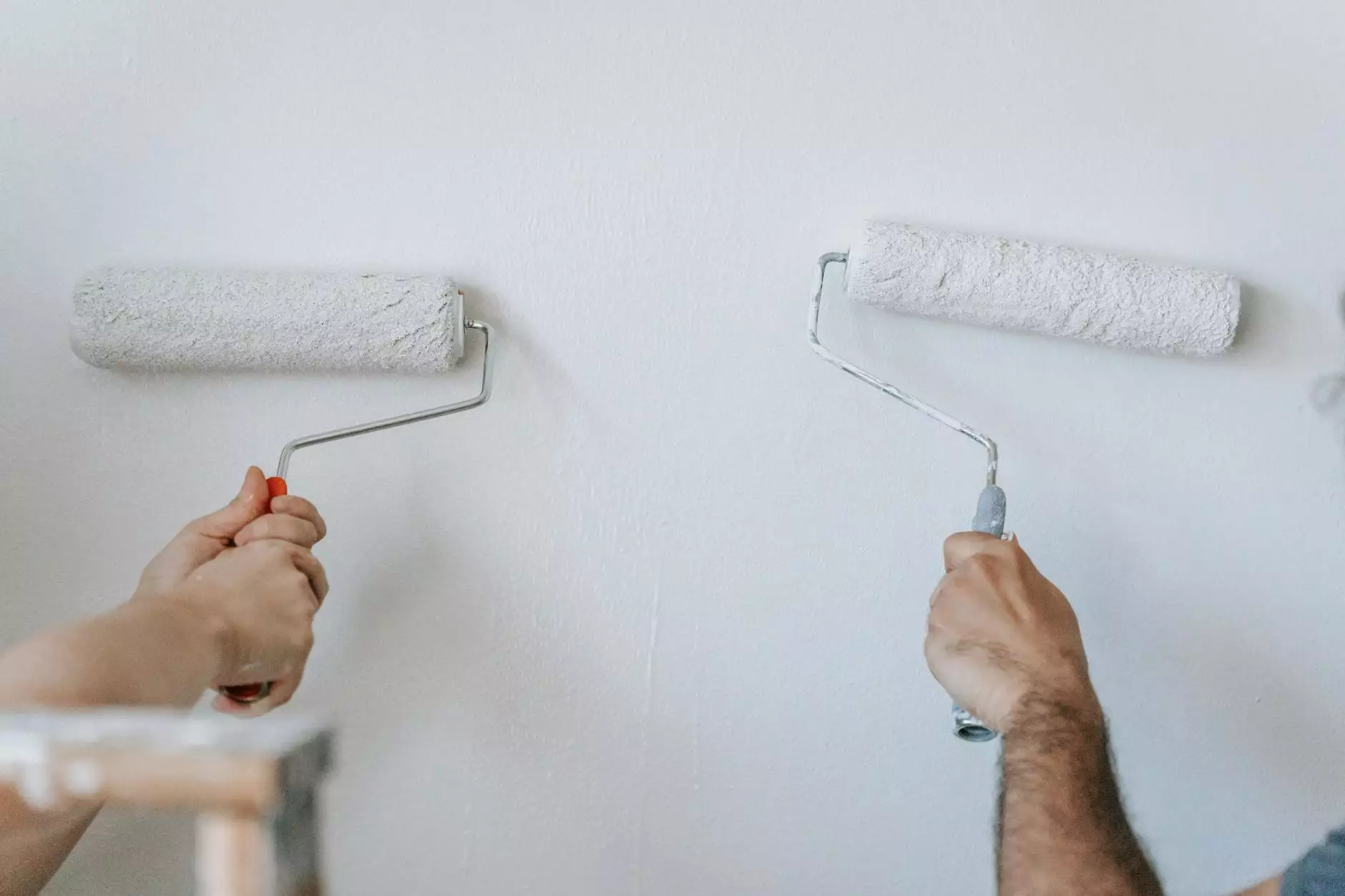How to Plan and Build the Ideal Kitchen Island
Remodeling Tips
Introduction
Are you looking to transform your kitchen into a functional and stylish space? One of the key elements that can make a significant difference is a well-designed kitchen island. A kitchen island not only provides extra counter space but also offers storage, seating, and serves as a focal point in the room. In this guide, Clauson Construction will walk you through the process of planning and building the ideal kitchen island for your home.
Benefits of a Kitchen Island
A well-designed kitchen island offers a range of benefits that can enhance your cooking experience and add value to your home. Here are some of the key advantages:
- Extra Counter Space: A kitchen island provides additional workspace for meal preparation, baking, and other culinary tasks.
- Storage: Incorporating cabinets, drawers, or shelves into your kitchen island allows you to store cookware, utensils, and other kitchen essentials in a convenient and organized manner.
- Seating: Including seating options such as bar stools or a built-in dining area can transform your kitchen island into a gathering spot for family and friends.
- Functionality: Depending on your needs, you can customize your kitchen island with features like a sink, stove, or wine refrigerator, making it a versatile workspace.
- Style: With a wide variety of design options available, a kitchen island can enhance the overall aesthetics of your kitchen and create a focal point.
Planning Your Kitchen Island
Before embarking on your kitchen island project, careful planning is essential. Consider the following factors:
1. Kitchen Layout and Space
Assess the available space in your kitchen to determine the appropriate size and shape for your island. Consider the flow of traffic, adjacent appliances, and existing cabinetry. Measure the dimensions accurately to ensure a perfect fit.
2. Functionality and Purpose
Define the intended use of your kitchen island. Are you primarily looking for additional counter and storage space? Or do you also want to incorporate seating or specialized appliances? Clarifying the functionality will guide the design process.
3. Design Style
Choose a design style that complements the overall aesthetics of your kitchen. Whether you prefer a modern, farmhouse, or traditional look, select materials, finishes, and colors that align with your desired style.
4. Budget
Establishing a budget early on will help you make informed decisions regarding materials, appliances, and additional features. Prioritize essential elements and allocate funds accordingly.
5. Seek Professional Advice
If you have limited experience in construction or kitchen design, consulting with professionals, such as Clauson Construction, can provide valuable insights and ensure your project is executed successfully.
Building Your Kitchen Island
Once you have completed the initial planning phase, it's time to start building your dream kitchen island. Follow these steps:
1. Gather Materials and Tools
Based on your design, procure the necessary materials and tools. Common materials for kitchen islands include wood, granite, quartz, or concrete. Ensure you have all the required tools, such as saws, drills, and measuring devices.
2. Construct the Base
Begin by building the base of the island, which will provide stability and support. Follow the measurements and specifications from your plan. Use appropriate joinery techniques, and pay attention to leveling and securing the base properly.
3. Install Countertop and Storage Features
Once the base is completed, it's time to install the countertop. Carefully measure and cut the chosen material to fit perfectly on top of the base. If incorporating storage features like cabinets or drawers, ensure they are properly aligned, functional, and securely attached.
4. Incorporate Appliances or Plumbing (if applicable)
If your design includes appliances such as a sink, stove, or wine refrigerator, consult professionals or follow manufacturer instructions to properly install and integrate them into your island. Plumbing work should be handled by licensed professionals.
5. Finishing Touches
To complete your kitchen island, apply appropriate finishes or paint to match your desired style. Ensure all surfaces are smooth, sealed, and resistant to moisture and stains. Install any additional accessories, such as lighting fixtures or decorative elements, to add the final touches to your island.
Conclusion
With proper planning and careful execution, you can create the ideal kitchen island that not only enhances the functionality of your kitchen but also adds aesthetic appeal. Clauson Construction is dedicated to helping you achieve your vision, providing expert guidance and premium craftsmanship for your kitchen remodeling projects. Contact us today to start planning and building the kitchen island of your dreams.




